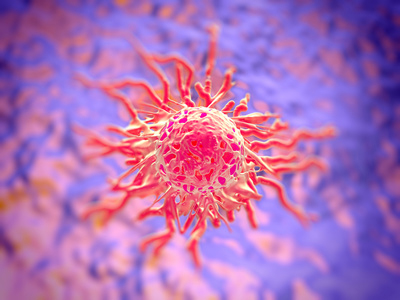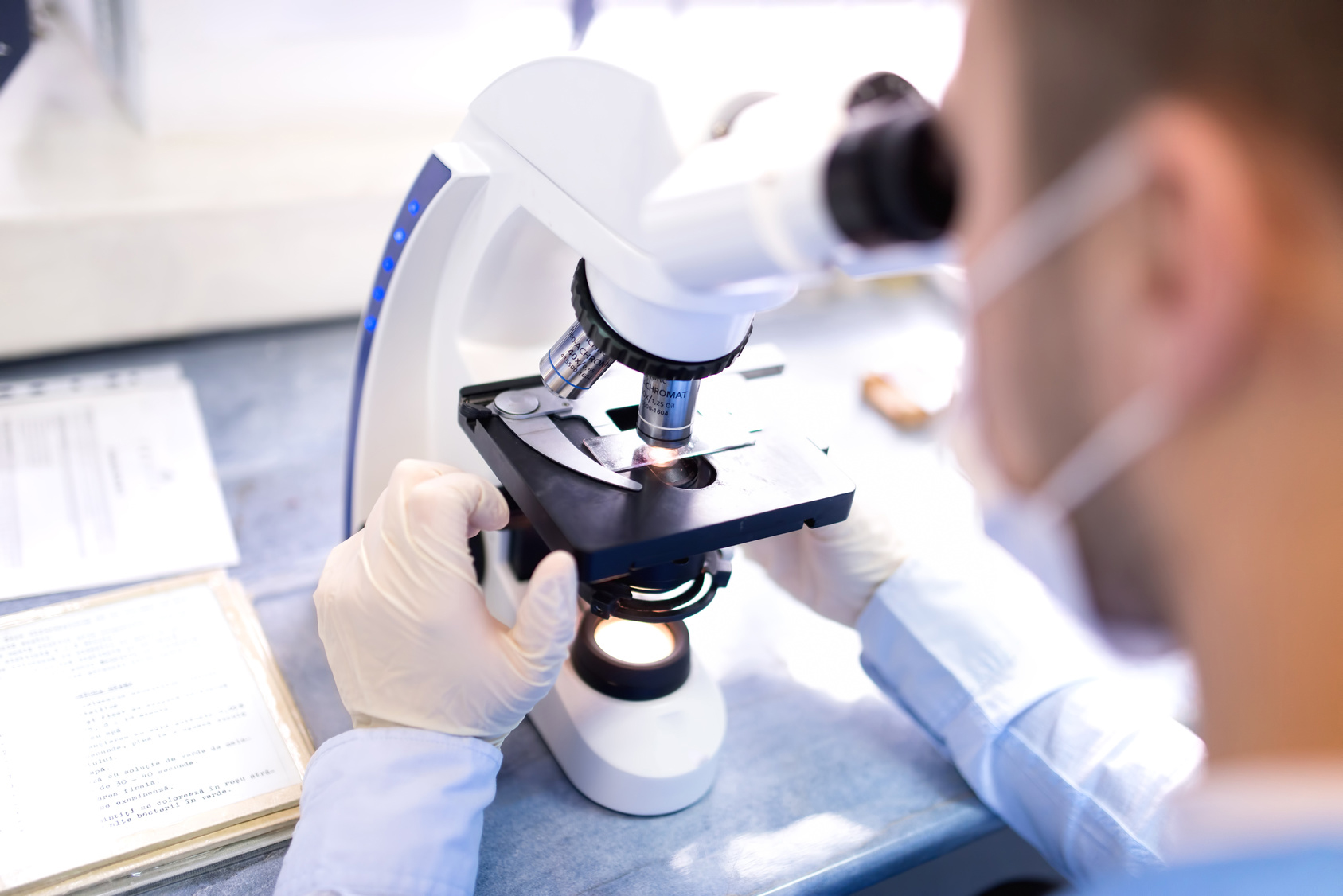AN ONGOING PHASE II STUDY
cGvHD - Chronic Graft-versus-Host Disease
When the graft attacks the recipient's organs...
 cGvHD - Chronic Graft versus Host Disease - is an autoimmune reaction that occurs following bone marrow transplants or more precisely allogeneic hematopoietic stem cells with a frequency of 30%. It affects about 16,000 people in the European Union and 20,000 in the United States and Canada, which puts it under the name of Orphan Disease.
cGvHD - Chronic Graft versus Host Disease - is an autoimmune reaction that occurs following bone marrow transplants or more precisely allogeneic hematopoietic stem cells with a frequency of 30%. It affects about 16,000 people in the European Union and 20,000 in the United States and Canada, which puts it under the name of Orphan Disease.
After transplantation, the immunocompetent cells in the graft trigger an immune response against the recipient - the so-called "host". They regard the recipient's alloantigens as foreign and seek to destroy them. The donor's T cells then attack the recipient's tissues and organs.
Alloreactivity (i.e. antigens from an individual of the same species but with a different genetic and tissue structure) remains a major obstacle to organ and tissue transplantation, since immunological rejection leads to relatively rapid graft loss without immunosuppressive treatment.
The so-called acute GVH occurs before the hundredth day post-transplant. After this time, it is said to be chronic, with irregular attacks.
The rate of graft loss due to chronic rejection and nephrotoxicity of immunosuppressants is not negligible, making cGvHD potentially fatal. Hence the urgent need for new therapeutic approaches.
A flagship clinical study

Arsenic trioxide has been shown to control autoimmune mechanisms in several animal models of autoimmune diseases.
This is the case for systemic lupus erythematosus and various aggressive forms including nephritic disease in animals, experimental Crohn's disease, induced scleroderma, experimental allergic encephalomyelitis, or graft-versus-host disease in its chronic autoimmune expression.
We have envisaged our development taking into account the rigour of the demonstration of efficacy previously obtained for graft-versus-host disease in mice after allograft transplantation (see Kavian et al 2012), under conditions as close as possible to the same reaction in humans, undergoing treatment for blood cancer. This specific development has not only scientific and medical aspects, but also industrial protection aspects assured on the one hand by our internationally recognised patents, and on the other hand by the market prospects reinforced by a classification of the disease as a rare disease, which since 2016 has earned us an orphan drug designation for arsenic trioxide.
In view of the very encouraging initial results, this trial is becoming exemplary and leads us to believe that it constitutes the cornerstone of our future development. As such, we consider it to be a landmark trial.
A Phase II clinical study underway
 On August 25, 2016, MEDSENIC received authorization from the ANSM (Agence Nationale de Sécurité du Médicament) to initiate a Phase II clinical study with arsenic trioxide in the first-line treatment of cGvHD (chronic GvH).
On August 25, 2016, MEDSENIC received authorization from the ANSM (Agence Nationale de Sécurité du Médicament) to initiate a Phase II clinical study with arsenic trioxide in the first-line treatment of cGvHD (chronic GvH).
In addition to this authorisation, the CPP (Comité de Protection des Personnes) issued a favourable opinion on 14 September of the same year.
The phase II clinical trial, which began at the end of 2016, is led by Professor Mohammad MOHTY, Head of the Clinical Haematology and Cellular Therapy Department at the Saint-Antoine Hospital in Paris. This study involves 24 patients in 9 investigating centres (Saint-Antoine, Nantes, Toulouse, Caen, Montpellier, Marseille, Limoges, Bordeaux and La Pitié Salpêtrière) for a period of 2 years. Each patient, newly diagnosed and whose disease severity requires treatment with systemically administered corticosteroids, receives a cycle of 11 arsenic trioxide infusions spread over 4 weeks. In the event of a partial response, a second cycle may be offered on the same schedule.
The aim of this study is to improve the response rate at 6 months after diagnosis of cGvHD and treatment with arsenic trioxide in combination with corticosteroid therapy.
An orphan drug for a rare disease
 The European Medicine Agency (EMA) has granted ODD (Orphan Drug Designation) status to the use of arsenic trioxide for the treatment of cGvHD.
The European Medicine Agency (EMA) has granted ODD (Orphan Drug Designation) status to the use of arsenic trioxide for the treatment of cGvHD.
This recognition will enable MEDSENIC to benefit from an industrial and commercial protection extended by 10 years compared to the initial duration of its CNRS patents when it obtained marketing authorization.
